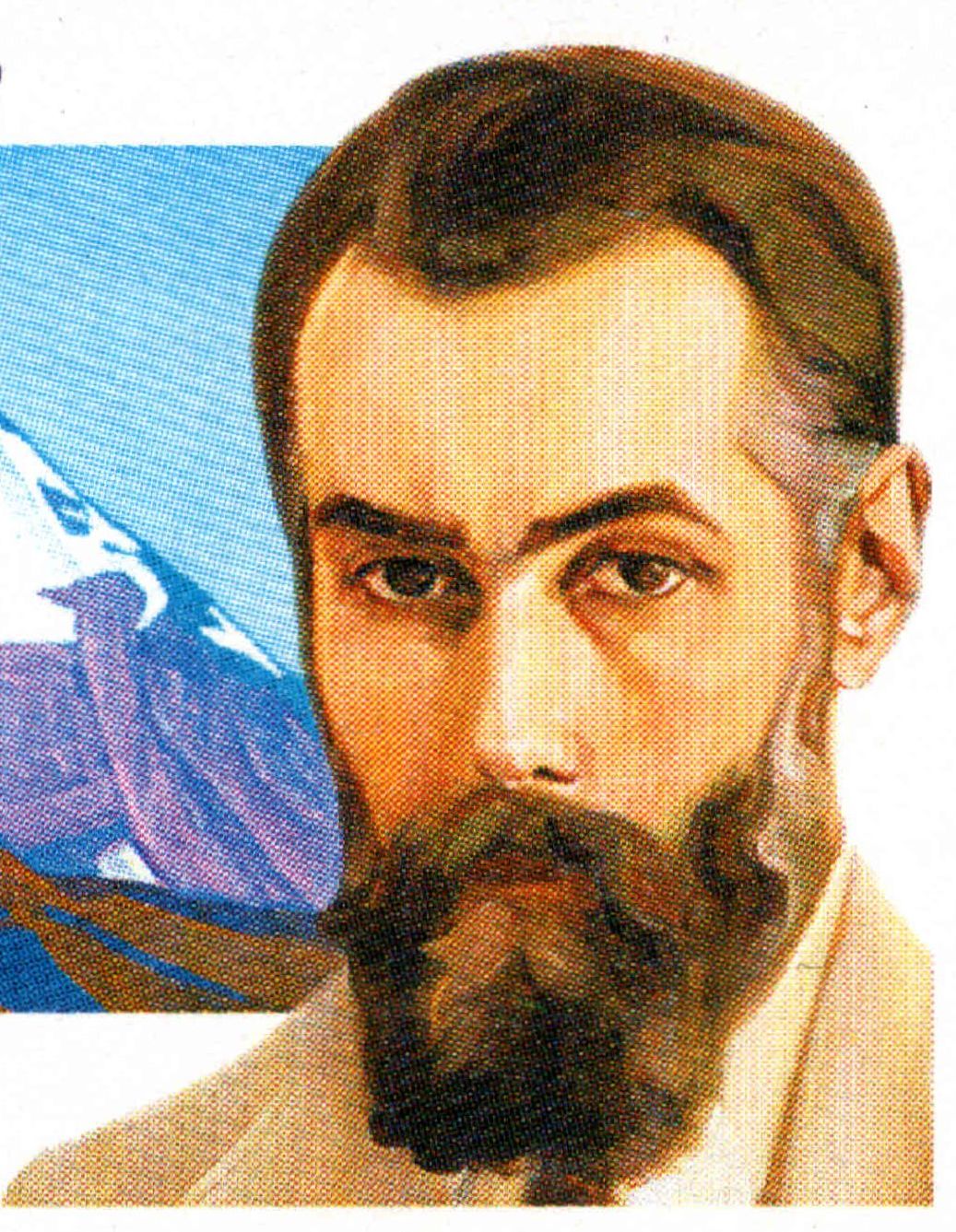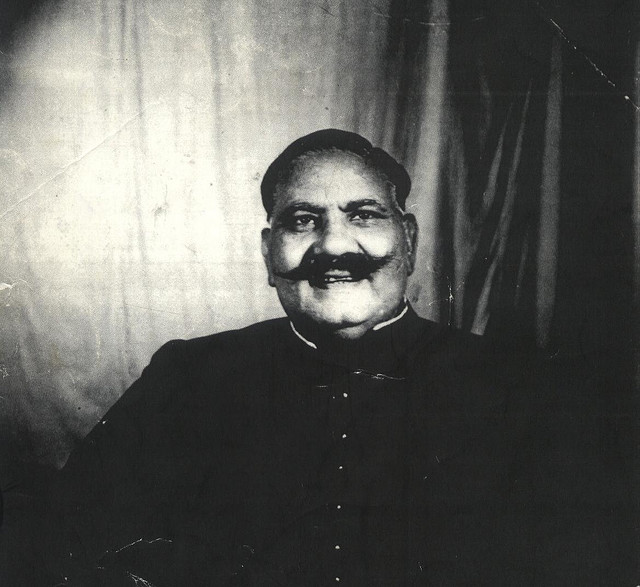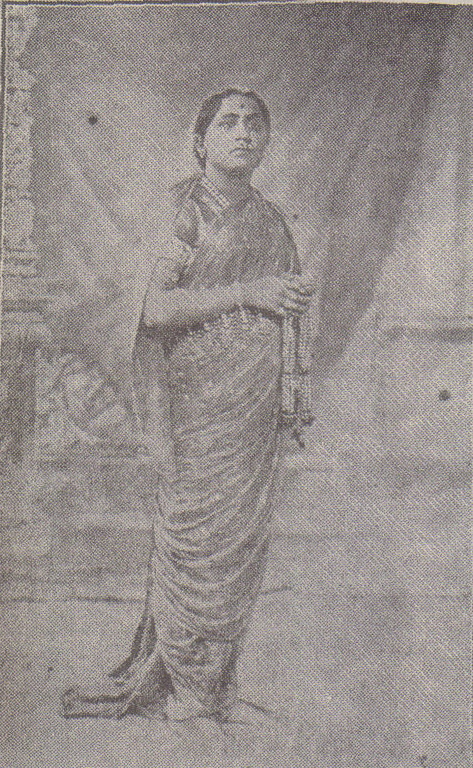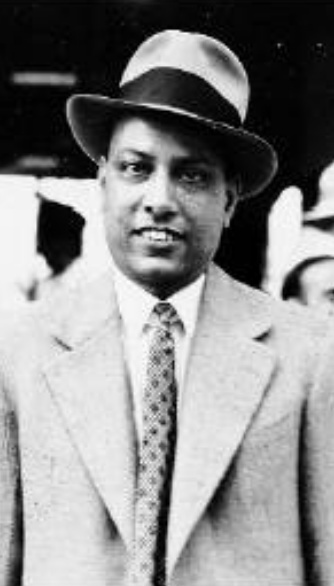List of Padma Bhushan award recipients (1960–1969) on:
[Wikipedia]
[Google]
[Amazon]
The
Padma Bhushan
The Padma Bhushan is the third-highest civilian award in the Republic of India, preceded by the Bharat Ratna and the Padma Vibhushan and followed by the Padma Shri. Instituted on 2 January 1954, the award is given for "distinguished service ...
is the third-highest civilian award
This list of civil awards and decorations is a partial index to articles about notable civil awards and decorations. It excludes Law enforcement awards and honors and ecclesiastical decorations, which are covered by separate lists. See :Civil aw ...
of the Republic of India. Instituted on 2January 1954, the award is given for "distinguished service of a high order", without distinction of race, occupation, position, or sex. The recipients receive a ''Sanad'', a certificate signed by the President of India
The president of India ( IAST: ) is the head of state of the Republic of India. The president is the nominal head of the executive, the first citizen of the country, as well as the commander-in-chief of the Indian Armed Forces. Droupadi Mur ...
and a circular-shaped medallion with no monetary association. The recipients are announced every year on Republic Day
Republic Day is the name of a holiday in several countries to commemorate the day when they became republics.
List
January 1 January in Slovak Republic
The day of creation of Slovak republic. A national holiday since 1993. Officially cal ...
(26January) and registered in ''The Gazette of India
''The Gazette of India'' is a public journal and an authorised legal document of the Government of India, published weekly by the Department of Publication, Ministry of Housing and Urban Affairs. As a public journal, the ''Gazette'' prints offi ...
''a publication used for official government notices and released weekly by the Department of Publication, under the Ministry of Urban Development
The Ministry of Housing and Urban Affairs (MoHUA) is a ministry of the Government of India with executive authority over the formulation and administration of the rules and regulations and laws relating to the housing and urban development in Ind ...
. The conferral of the award is not considered official without its publication in the ''Gazette''. The name of recipient, whose award have been revoked or restored, both of which require the authority of the President, is archived and they are required to surrender their medal when their name is struck from the register; none of the conferments of Padma Bhushan during 1960–1969 have been revoked or restored. The recommendations are received from all the state and the union territory governments, as well as from Ministries of the Government of India, the Bharat Ratna
The Bharat Ratna (; ''Jewel of India'') is the highest civilian award of the Republic of India. Instituted on 2 January 1954, the award is conferred in recognition of "exceptional service/performance of the highest order", without distinctio ...
and the Padma Vibhushan awardees, the Institutes of Excellence, the Ministers, the Chief Ministers and the Governors of State, and the Members of Parliament
A member of parliament (MP) is the representative in parliament of the people who live in their electoral district. In many countries with bicameral parliaments, this term refers only to members of the lower house since upper house members of ...
including private individuals.
When instituted in 1954, the Padma Bhushan was classified as "Dusra Varg" (Class II) under the three-tier Padma Vibhushan
The Padma Vibhushan ("Lotus Decoration") is the second-highest civilian award of the Republic of India, after the Bharat Ratna. Instituted on 2 January 1954, the award is given for "exceptional and distinguished service". All persons without ...
awards, which were preceded by the Bharat Ratna in hierarchy. On 15January 1955, the Padma Vibhushan was reclassified into three different awards as the Padma Vibhushan, the Padma Bhushan and the Padma Shri
Padma Shri ( IAST: ''padma śrī''), also spelled Padma Shree, is the fourth-highest civilian award of the Republic of India, after the Bharat Ratna, the Padma Vibhushan and the Padma Bhushan. Instituted on 2 January 1954, the award is conf ...
. The criteria included "distinguished service of a high order in any field including service rendered by Government servants", but excluded those working with the public sector undertakings with the exception of doctors and scientists. The 1954 statutes did not allow posthumous awards; this was subsequently modified in the January 1955 statute. The design was also changed to the form that is currently in use; it portrays a circular-shaped toned bronze medallion in diameter and thick. The centrally placed pattern made of outer lines of a square of side is embossed with a knob carved within each of the outer angles of the pattern. A raised circular space of diameter is placed at the centre of the decoration. A centrally located lotus flower is embossed on the obverse side of the medal and the text "Padma" is placed above and the text "Bhushan" is placed below the lotus written in Devanagari
Devanagari ( ; , , Sanskrit pronunciation: ), also called Nagari (),Kathleen Kuiper (2010), The Culture of India, New York: The Rosen Publishing Group, , page 83 is a left-to-right abugida (a type of segmental writing system), based on the ...
script. The State Emblem of India is displayed in the centre of the reverse side, together with the national motto of India, " Satyameva Jayate" (Truth alone triumphs) in Devanagari script, which is inscribed on the lower edge. The rim, the edges and all embossing on either side is of standard gold with the text "Padma Bhushan" of gold gilt. The medal is suspended by a pink riband in width with a broad white stripe in the middle. It is ranked fifth in the order of precedence of wearing of medals and decorations of the Indian civilian and military awards.
A total of 200 awards were presented in the 1960s ten in 1960, followed by thirteen in 1961, twenty-seven in 1962, twelve in 1963, eighteen in 1964, twenty-five in 1965, fourteen in 1966, twenty-four in 1967, twenty-eight in 1968, and twenty-nine in 1969. The Padma Bhushan in the 1960s was also conferred upon five foreign recipients two from the United States and one each from Canada, Russia, and the United Kingdom. Individuals from nine different fields were awarded, which includes sixty-nine from literature and education, thirty-two from medicine, twenty-two from civil services, seventeen artists, sixteen from public affairs, fifteen from science and engineering, fourteen from social work, ten from trade and industry, and five sportspersons. Journalist Manikonda Chalapathi Rau and Kannada
Kannada (; ಕನ್ನಡ, ), originally romanised Canarese, is a Dravidian language spoken predominantly by the people of Karnataka in southwestern India, with minorities in all neighbouring states. It has around 47 million native s ...
writer K. Shivaram Karanth
Kota Shivaram Karanth (10 October 1902 – 9 December 1997), also abbreviated as K. Shivaram Karanth, was an Indian polymath, who was a novelist in Kannada language, playwright and an ecological conservationist. Ramachandra Guha called him th ...
returned their 1968 awards, while Sitar
The sitar ( or ; ) is a plucked stringed instrument, originating from the Indian subcontinent, used in Hindustani classical music. The instrument was invented in medieval India, flourished in the 18th century, and arrived at its present form ...
player Vilayat Khan
Ustad Vilayat Khan (28 August 1928 – 13 March 2004) was an Indian classical sitar player.ismusic".







Recipients






Padma Bhushan Award recipients in the year 1960
Padma Bhushan Award recipients in the year 1961
Padma Bhushan Award recipients in the year 1962
Padma Bhushan Award recipients in the year 1963
Padma Bhushan Award recipients in the year 1964
Padma Bhushan Award recipients in the year 1965
Padma Bhushan Award recipients in the year 1966
Padma Bhushan Award recipients in the year 1967
Padma Bhushan Award recipients in the year 1968
Padma Bhushan Award recipients in the year 1969
Explanatory notes
;Non-citizen recipientsReferences
External links
* * {{DEFAULTSORT:Padma Bhushan Awards (1960-69) * Lists of Indian award winners